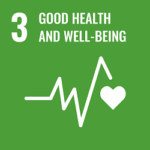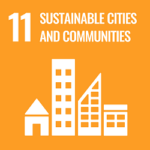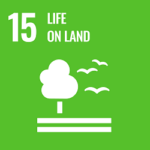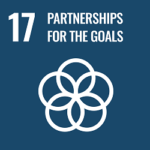A bold new approach to urban biodiversity at the University of Leeds
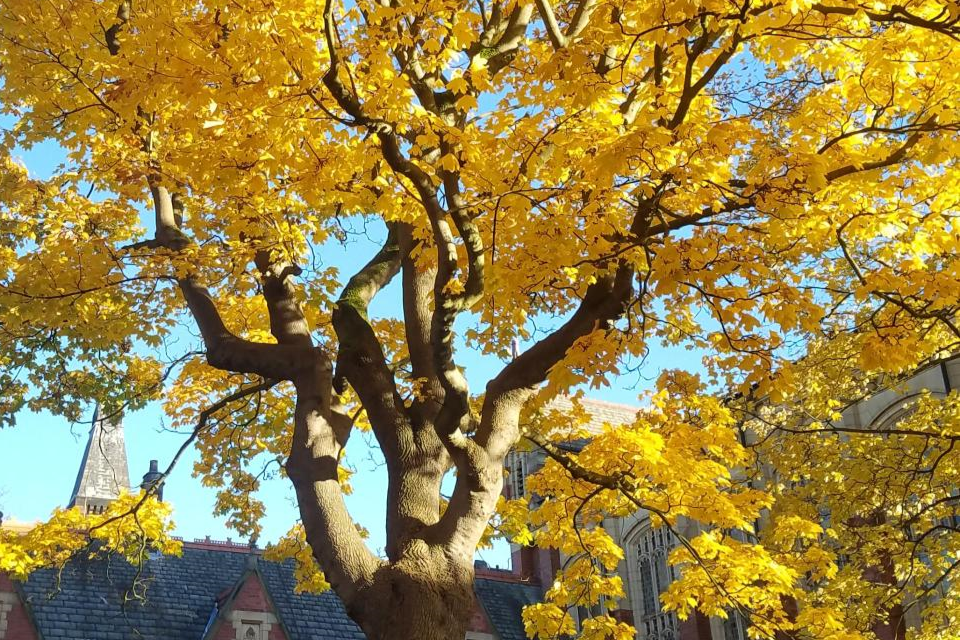
This year on International Day for Biological Diversity, we are excited to announce the publication of the new Biodiversity Standard, that will guide the University of Leeds' approach to biodiversity.
A new approach
The University of Leeds is taking a bold step in its commitment to urban biodiversity, setting out to create a future where nature thrives in harmony with urban development. With an impressive 450-hectare estate, including a farm, sports grounds, and research woodlands, we’re aiming to become a true “exemplar of urban biodiversity.”
Mike Howroyd, lead on the Biodiversity programme at the University of Leeds Sustainability Service explains:
This isn't a new ambition for us. The Biodiversity Standard has been a key part of our strategy since 2015. Back then, it marked a shift in how we viewed and approached biodiversity. Now, after 10 years of progress, we’ve revised the document to reflect changes in both the University environment and the wider world around us.
Explaining that this is much more than a policy document, Mike goes on to say:
this is a framework for real transformation. We want to put people at the heart of biodiversity work, weaving environmental stewardship into the fabric of everything we do.
So what is the goal? It’s simple really - to reverse biodiversity loss by building healthier ecosystems that not only withstand the challenges of climate change but actively contribute to making our urban spaces more liveable.

Principles for Progress
The new approach is underpinned by five key principles that will guide the biodiversity journey:
1.Integration Across All Areas
It will be embedded in every decision, from campus development and resource management to teaching and research. By aligning biodiversity with our broader sustainability goals—including our climate plan and net-zero strategy—we will ensure that everything we do has a positive impact on both nature and human wellbeing.
2. Tailored Nature Recovery Plans
One size doesn’t fit all, and that’s why we’re taking a personalised approach to biodiversity. Each of our sites will have a specific nature recovery plan that fits its unique needs. These plans will be regularly reviewed, with progress monitored to ensure that we’re making measurable strides towards our biodiversity goals. This will also serve as a model for other institutions to follow.
3. Innovative, Sustainable Spaces
Meeting legal biodiversity requirements is just the starting point. We want to go beyond that and embrace innovation, with nature-positive “biophilic” design principles that turn urban spaces into thriving ecosystems. These will be spaces that not only boost wildlife but also offer places for teaching, research, and community engagement.
4. Climate Resilience and Wellbeing
We recognise that biodiversity is key to climate resilience. By enhancing ecosystems, we can improve flood management, sequester carbon, and offer green spaces that contribute to physical and mental wellbeing. Nature isn’t just a nice-to-have—it’s a critical part of addressing the climate and environmental challenges we face today.
5. Global Impact, Local Action
Our work may start locally, but it has a far-reaching impact. By partnering with conservation groups, participating in regional and national biodiversity initiatives, and contributing to global policy discussions, we aim to leave a lasting, positive legacy for future generations.

A Holistic Approach to Green Spaces
With such a large and diverse estate, we need a multi-faceted approach. One of the key strategies is creating ecological corridors that connect different parts of the estate, creating ‘hotspots’ that make it easier for wildlife to move across the city. This approach also ensures that our green spaces contribute to the wider ecological network of the region and align to wider initiatives such as the West Yorkshire Local Nature Recovery Plan, due for publication in the Autumn.
In terms of development, we’re making sure that every decision—from landscaping to construction—puts biodiversity front and centre. Under the Biodiversity Net Gain legislation, any development that impacts green infrastructure will be required to result in at least a 10% improvement in biodiversity. We want to go further and ensure that no matter the size or scope of the project, we’re leaving the environment better than we found it.
Collaboration at Every Level
What really sets this programme apart is our commitment to collaboration. We know that biodiversity recovery is a team effort. It’s not just about what happens within the University walls, but also about working with external partners, local communities, and biodiversity experts. To make sure we’re on the right track, we’ve created a new Biodiversity Advisory Panel made up of conservationists, academics, and local experts who will provide feedback and guidance along the way.
We’re also leaning on the knowledge and passion of our students, staff, and external organisations like the RSPB and Yorkshire Wildlife Trust to help create innovative, practical solutions. This isn’t just about expertise—it’s about getting everyone involved, so we can all feel a deeper connection to nature and play an active role in its recovery.

The Path Forward
As we move forward, we’ll be tracking our progress and adjusting where necessary. We’ll use a range of metrics to measure how our biodiversity initiatives are working and where improvements are needed. Regular assessments will help ensure that we stay on track to meet our ambitious goals.
From protecting trees during construction, to embedding biodiversity into our research and teaching, we’re ensuring that biodiversity is considered in every aspect of University life. Staff, students, and even contractors will all have a part to play.
This new biodiversity standard is a huge leap forward in our journey towards a more sustainable and nature-rich urban future. It shows that institutions like ours can lead by example, demonstrating that with the right combination of innovation, collaboration, and a commitment to the natural world, positive change is not just possible—it’s happening right now!
If you would like to read the new Biodiversity Standard document you can view it as a PDF.
Read the new Biodiversity Standard (PDF)United Nations Sustainable Development Goals
We use the United Nations Sustainable Development Goals (SDGs) as a framework to guide our activity. Our work on biodiversity is linked to the following SDGs:
- Goal 3: Good health and well-being
- Goal 11: Sustainable cities and communities
- Goal 15: Life on land
- Goal 17: Partnerships for the Goals
Find out more about our impact on the SDGs.
